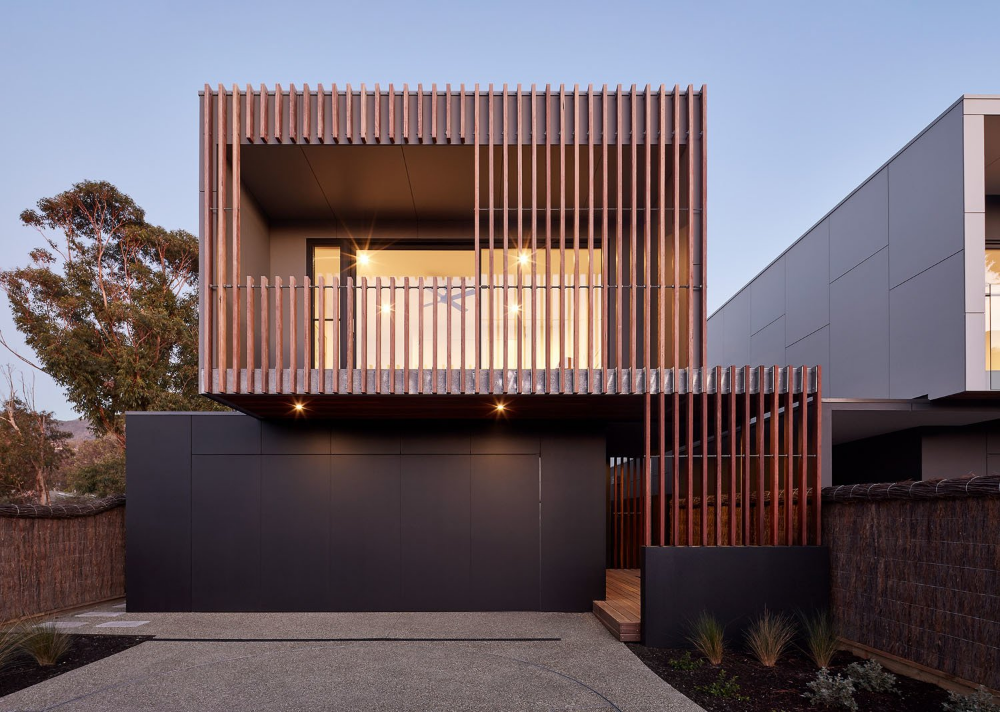
Architectural cladding, an innovative solution gaining popularity in the building industry, is the application of one material over another, providing a skin or layer designed to control the infiltration of weather elements, or for aesthetic purposes. This technique is not only a visually stunning innovation, but it also has the potential for remarkable energy efficiency. Incorporating architectural cladding in a building's design can significantly reduce energy consumption, thus lowering operational costs and contributing to environmental sustainability. It's a smart strategy that combines the aesthetic appeal of modern architecture with the practicalities of energy conservation.
Understanding Architectural Cladding
Architectural cladding refers to the application of one material over another to provide a skin or layer intended to control the infiltration of weather elements or for aesthetic purposes. The cladding material can range from wood, metal, brick, vinyl, and composite materials that can provide an artistic and practical contour to the building structure.
The Role of Cladding in Sustainable Design
The role that cladding plays in sustainable design is not to be underestimated. Cladding is not just a pretty face; it's an essential component of any building project that aspires to be energy-efficient and environmentally friendly.
In the realm of sustainable design, cladding is seen as a game-changer. It's not just about the aesthetics, although that can certainly add a wow factor. The real magic of cladding lies in its potential for insulation, which can significantly reduce a building's energy consumption. It acts as a thermal blanket, wrapping the building to prevent heat loss during winter and keep the interior cool during summer.
Moreover, cladding also plays a critical role in managing natural light, depending on the material used. Some cladding options can reflect sunlight, reducing the need for artificial lighting and further decreasing energy use.
Choosing the right cladding material is also a key part of sustainable design. Recycled or sustainably sourced materials can provide a boost to a building's green credentials. And let's not overlook the durability factor; a well-chosen, high-quality cladding can lengthen a building's lifespan, reducing the need for frequent refurbishment or replacement.
Benefits of Architectural Cladding for Energy Efficiency
Architectural cladding offers numerous benefits for energy efficiency. It provides excellent insulation, reducing the need for artificial heating and cooling, and thereby, lowering energy costs. It also contributes to reducing the carbon footprint of buildings. Cladding can also protect buildings from extreme weather conditions, further enhancing their durability and reducing maintenance costs.
Architectural Cladding and Energy Efficiency in Action
Numerous buildings worldwide have utilized architectural cladding to enhance their energy efficiency. For instance, the Al Bahar Towers in Abu Dhabi feature a dynamic cladding system that adapts to the sun’s movement, minimizing solar gain and reducing the building's cooling needs.
Future Prospects of Architectural Cladding
With the pressing need for sustainable design and energy efficiency, the future of architectural cladding looks promising. Advancements in material science and technology are likely to bring about newer, more efficient cladding materials.
Conclusion
Architectural cladding is much more than a mere aesthetic addition to building facades. It holds immense potential in the realm of energy efficiency and sustainable design. By harnessing the power of architectural cladding, architects and builders can contribute to the creation of greener buildings, lower energy costs, and a sustainable future.
In conclusion, it is crucial for architects, builders, and developers to continue exploring and innovating in the field of architectural cladding to unlock its full potential for energy efficiency. The future of architecture and our planet depends on it.
This article has aimed to shed light on the potential of architectural cladding for energy efficiency, and we hope that it has provided you with a deeper understanding of this powerful tool in the world of sustainable design.
Comments
Post a Comment